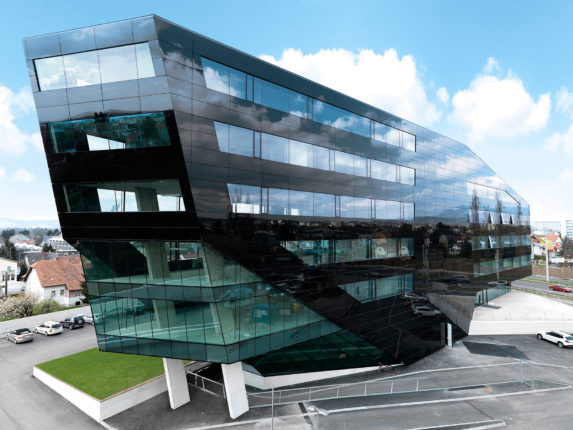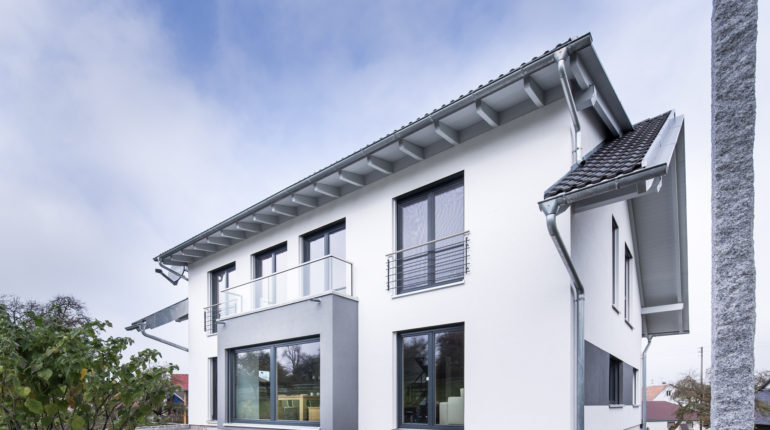In terms of being able to absorb moisture from the air and release it again, the StoCalce Functio mineral regulating plaster system even surpasses loam plasters by over 50 per cent. It forms the basis of a scientifically tested lime product system which is proven to improve the ambient interior climate of new and existing buildings thanks to its natural components.










